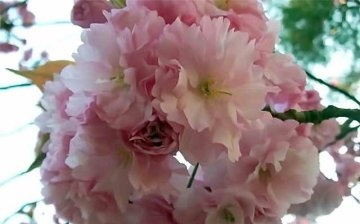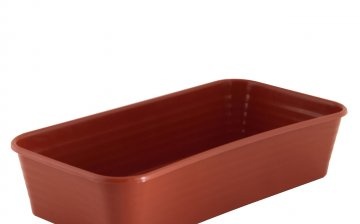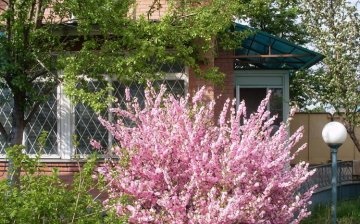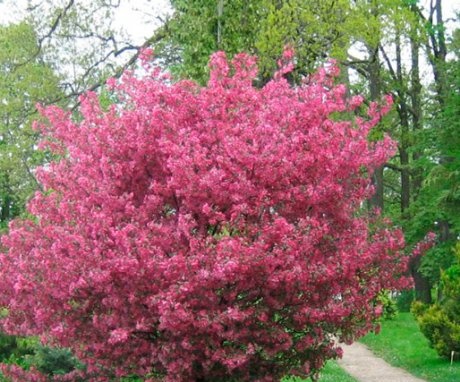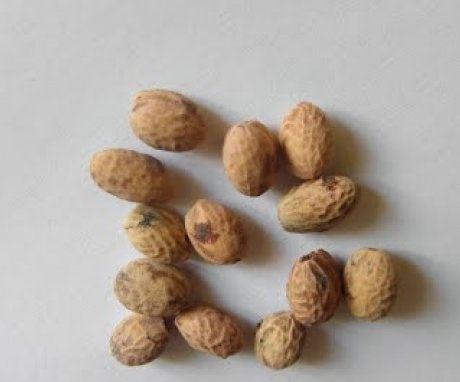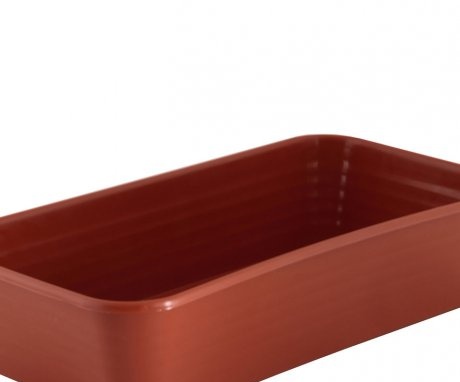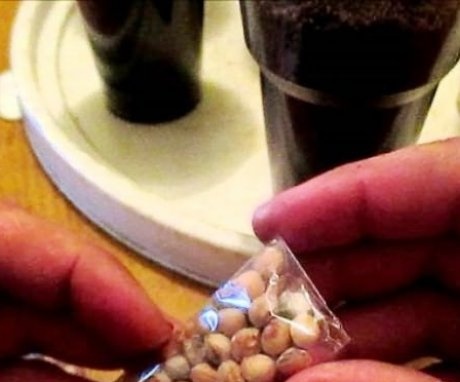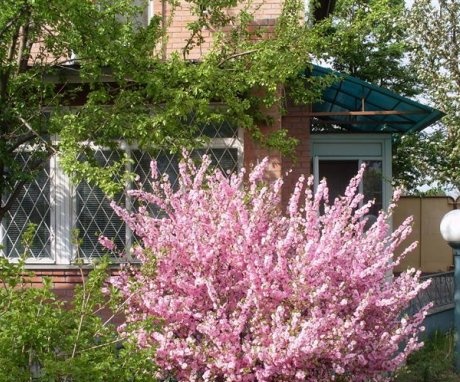Gardening Tips: How to Grow Sakura from Seeds
Japanese sakura is known to everyone. The fabulous plant has been sung many times in various works of art. This Cherry famous for its unique shades of leaves and flowers that delight the eye all year round. Growing sakura used to seem like something impossible - today more and more gardeners boldly take up the cultivation of this plant. And get great results with due care.
Content:
- Sakura at home: description
- What sakura varieties can be grown from seeds
- Seed and soil preparation
- Which capacity is better to choose
- Planting seeds - terms and rules
- Seedling Care Tips
Sakura at home: description
Sakura is rightfully one of the symbols of Japan. This plant is associated with the tranquility and beauty of the "land of the rising sun". The appearance of the tree amazes the imagination with a variety of colors that change in the barely perceptible range. Sakura is appreciated and worshiped not only in Japan, but throughout East Africa. There are many celebrations and festivals where cherry blossoms are the center of attention.
The beauty of the tree has long attracted gardeners from all over the world.
To have such a work of art, created by nature itself, on your site is becoming one of the key goals for many connoisseurs of beauty. The plant is actively used for decorative purposes, which attracts landscape designers.
In the classical view, sakura is a cherry that has unusual pink flowers. Moreover, the shades have an incredible variety. Sakura belongs to the serrata cherry class.
What sakura varieties can be grown from seeds
Several types of the famous cherry are used in horticulture. If you have a desire to grow cherries yourself, then you should carefully choose the variety. Each variety has its own characteristics and rules for growing and care.
Today, careful selection of cherry blossoms leads to the emergence of new varieties that adapt to certain conditions.
Modern species are usually created by crossing various already known species. This creates plants with the desired characteristics and more resistant to various growing conditions. It is this approach that allows you to open sakura for gardeners. For crossing, they often use the Yedoensis cherry, as well as Initise, Lannesiana. The result is the Spire, Shidare Yoshino varieties, which are distinguished by delicate shades of petals and resistance to frost up to minus 30 degrees.
Halle Olivetti is also intended for growing in regions where severe frost is possible. The plant reproduces well and allows you to form a spectacular site design.
For growing sakura at home, experts recommend choosing from the following varieties: Amanogawa, Shirofugen, Shirotae, Tai Haku. These varieties perfectly tolerate stressful situations and actively reproduce by seeds. This will help you to become better acquainted with Japanese plants and gain practical skills in working with them. Sakura of these species has a spectacular appearance and fully corresponds to the ideas about this tree.
Seed and soil preparation
You can't just take seeds and put them in the soil - you will not get the expected result. For the competent cultivation of sakura, compliance with certain rules and regulations will be required, including for the preparation of the soil and the seeds themselves.
During the period of working with sakura, gardeners have developed certain rules:
- Before directly planting seeds in the soil, place them in warm water for 24 hours. The temperature should be 25-30 degrees. During soaking, it is recommended to add a certain amount of fungicide, which contributes to the effective fight against fungal diseases. This is a serious threat to the development of the plant, therefore it is important to protect the tree at the earliest stage, when it is most vulnerable.
- The best option for sakura soil is coarse sand. So cherry seeds germinate quite quickly and guarantee good results. To accelerate growth, the seed coat can be punctured to facilitate germination of the sprouts. Be sure to disinfect the soil - this way you will eliminate possible organisms developing here and protect the seeds from damage pests.
- At the stage of sowing seeds, fertilizers can be omitted - natural minerals in the soil and accumulated in the seed are quite enough at the first stage of growth.
- The sand is abundantly moistened before planting - for rapid growth, a large amount of moisture will be required. Special grooves of shallow depth are made in the sand, into which the seeds are placed. The distance between the seeding strips should not be less than 3 centimeters - plants can interfere with each other and limit themselves in development.
After placing the seeds in the soil, they are sprinkled with sand for additional protection and creating conditions for development. The top layer should be no more than double the diameter of the seed.
Which capacity is better to choose
To optimize cultivation, the correct sizes and parameters of the containers in which the seeds will grow should be ensured. The container used must be wide enough for the freedom of growth and development of the plant.
The depth should be about 5 centimeters - so root system at the initial stage of growth, it will have enough space for active growth. Be sure to make sure that the container has drainage holes, because normal water circulation allows the plant to saturate the elements necessary for development.
Planting seeds - terms and rules
The planting of seeds must be selected for a certain period of time, because the development of seeds has a certain cycle. The optimal time is spring, as well as late summer or early autumn. During this time, the seeds are active and can provide good results.
Here are some practical tips that you can apply right away:
- Examine the seeds - if the skin is strong enough, make small cuts. Carry out the work carefully so as not to damage the inner part. So you open up the opportunity for the sprouts to quickly gain strength and appear above the ground.
- Sow seeds immediately after harvest to prevent them from losing germination.
- The number of seeds should be 1.5 times more than the planned number of plants. This is due to the fact that not all seeds will germinate, so you should play it safe.
- Depending on the size of the seeds, they can be planted one at a time (for large ones) and sown evenly over the entire surface of the soil (for small ones).
- Protect from direct sunlight.
- As the first sprouts appear, you can increase the supply of fresh air by lifting the film or glass lid that covers the seeds.
Following the established rules for working with sakura seeds allows you to get excellent and healthier plants. Proper care during the germination stage determines the quality of the plant in the long term.
Seedling Care Tips
Sakura seedlings are quite fragile and prone to destruction even with minor stresses. Therefore, it is important for the gardener to provide sufficient attention in the early stages of the plant's life. To do this, it is important to carefully monitor the degree of soil moisture - dry soil has a depressing effect on sakura.
From a certain point, depending on the variety, potash and nitrogen fertilizers can be applied to the soil. If the soil suffers from a lack of nutrients, then it is important to ensure constant application of humus.
The best solution would be to combine feeding and watering the plant.
Sanitary pruning should be carried out before the beginning of spring sap flow and plant growth. During the growing period, the temperature of the surrounding air is monitored, for which the seedlings are periodically covered with a film or, on the contrary, they provide free air exchange. When handled correctly, sakura grows rapidly and results in an excellent and showy plant.
More information can be found in the video:



